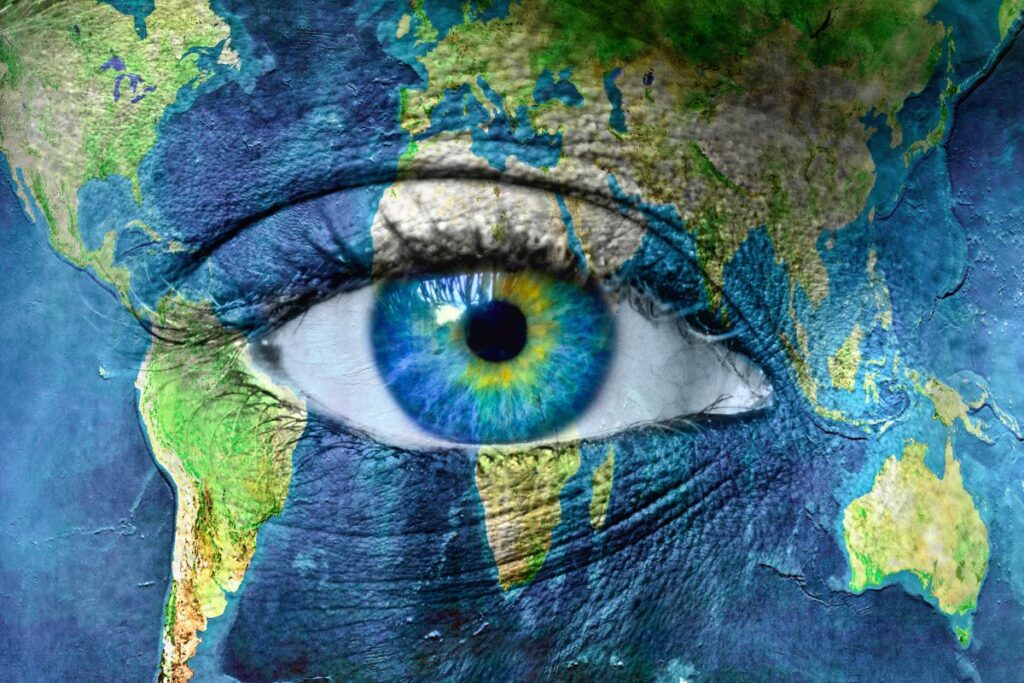How Climate Change is Impacting Eye Health
We see the effects of climate change everywhere—from increasingly severe storms to prolonged droughts, wildfires, and rising sea levels. But one consequence of environmental change may be affecting you more personally: your vision. Scientists and eye care professionals are finding growing evidence that climate change negatively impacts eye health. Here’s how environmental factors can influence your eyesight and what you can do to protect it.
The Link Between the Environment and Vision
Your eyes are constantly exposed to the elements. The cornea, sclera, eyelids, and lenses all come into direct contact with environmental conditions throughout the day. While factors like pollution and UV radiation have long been known to affect eye health, the worsening effects of climate change are compounding these issues.
Drought and Dry Eye Syndrome
One of the most common eye health concerns linked to climate change is dry eye syndrome. This condition occurs when your tear ducts don’t produce enough lubrication, causing discomfort, redness, burning, and irritation. While dry eye can stem from aging, screen use, and other medical conditions, environmental factors like extended droughts and rising temperatures are making symptoms worse.
In arid regions, the lack of humidity in the air can cause your tears to evaporate more quickly, leaving your eyes dry and vulnerable to irritation. If you struggle with dry eyes, consider using lubricating eye drops and a humidifier indoors to help maintain moisture levels.
Smog, Pollution, and Eye Irritation
Air pollution doesn’t just harm your lungs—it can also damage your eyes. High levels of airborne pollutants and greenhouse gases contribute to eye discomfort, redness, and inflammation. Contact lens wearers may experience additional irritation, and allergy sufferers may notice worsening symptoms like itchy, watery eyes.
Poor air quality can also increase the risk of conjunctivitis (pink eye), an infection that causes redness, swelling, and discharge. On days when pollution levels are high, it’s best to limit outdoor exposure, avoid rubbing your eyes, and wear protective eyewear when necessary.
Ozone Depletion and Increased UV Exposure
The depletion of the earth’s ozone layer means stronger and more direct exposure to the sun’s UV rays. Over time, excessive UV exposure can increase the risk of serious eye conditions, including:
- Cataracts – A leading cause of vision impairment worldwide, cataracts develop when proteins in the eye’s lens break down due to prolonged UV exposure.
- Corneal Sunburn (Photokeratitis) – Too much UV radiation can cause painful burns on the surface of the eye, leading to light sensitivity and temporary vision loss.
- Macular Degeneration – UV exposure can damage the retina and lead to macular degeneration, a condition that can cause permanent vision loss.
To protect your eyes, always wear high-quality sunglasses with 100% UVA and UVB protection. This is especially important for children, as their eyes are still developing and more vulnerable to sun damage.
What You Can Do
While individuals can’t single-handedly reverse climate change, small actions can help reduce environmental damage and protect your vision:
- Wear protective eyewear – Invest in polarized, UV-blocking sunglasses to safeguard your eyes from harmful rays.
- Monitor air quality – Limit outdoor activity on days when pollution levels are high.
- Stay hydrated – Drinking plenty of water can help combat dry eye symptoms.
- Reduce emissions – Supporting environmental initiatives and making sustainable choices, like reducing energy consumption, can contribute to cleaner air and a healthier future.
Eye Care in Edmonton and the Surrounding Area
At Optometrists’ Clinic Inc., your vision and eye health are our top priorities. Our optometrists offer general, pediatric, and diabetic eye exams to detect and manage eye conditions early. We also carry a wide selection of UV-protective sunglasses and prescription safety glasses to help shield your eyes from environmental hazards.
Visit our clinics in Edmonton, Westlock, and Leduc to browse our extensive eyewear collection or schedule an eye exam. Contact us today to protect your vision for the future.




